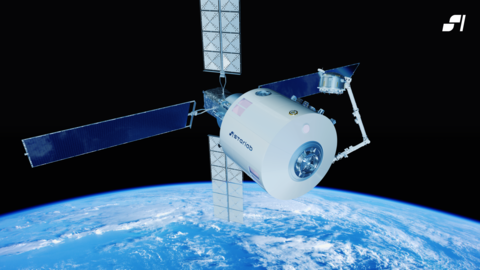Context:
The European Space Agency (ESA) recently launched its latest Earth-observing satellite designed to understand the climate better.
About the EarthCARE mission:
- EarthCARE mission is a collaboration between ESA and Japan Aerospace Exploration Agency (JAXA).
- This satellite will be orbiting at about 393 kilometers altitude in a sun-synchronous polar orbit. It is designed to fully cover the Earth every 25 days.
- Its instruments include lidar, radar, radiometer, and multispectral imager to study clouds, aerosols, and radiation.
- It was launched on SpaceX’s Falcon 9 rocket. It will undergo a six-month commissioning period and has a mission lifespan lasting at least three years.
The objective of the mission:
- EarthCARE focuses on enhancing understanding of cloud formation and Earth’s atmosphere in climate dynamics.
- EarthCARE aims to investigate the role of clouds and aerosols in reflecting solar radiation and trapping infrared radiation.
Other spacecraft also perform similar measurements, such as NASA’s Plankton, Aerosol, Cloud, ocean Ecosystem (PACE) spacecraft, which was launched in February. - EarthCARE will also record the distribution of water droplets and ice crystals and track their movement within clouds.
- By collecting essential data on cloud behavior, composition, and interaction with aerosols, the mission seeks to enhance the accuracy of cloud and climate models and support numerical weather prediction.
- This research will provide valuable insights into Earth’s atmospheric dynamics and climate processes.
Relation between Cloud, Aerosol, and Earth Radiation balance

- The radiation budget describes the overall balance between incoming energy from the Sun and outgoing reflected (shortwave) and radiative thermal (longwave) energy from Earth and is influenced by various factors, including clouds, and aerosols.
- Clouds play a crucial role in Earth’s climate by absorbing, scattering, and reflecting incoming solar radiation, and also by trapping outgoing thermal radiation.
- Aerosols are tiny particles or droplets suspended in the atmosphere. They can be natural or man-made and include substances like dust, pollen, soot, smoke, and liquid droplets.
- Natural sources of aerosols include volcanic eruptions, sea spray, and biological decay, while human activities such as industrial emissions, vehicle exhaust, and agricultural practices also contribute to aerosol concentrations in the atmosphere.
- Aerosols are essential for cloud formation as they act as cloud condensation nuclei (CCN) and ice nuclei (IN).
All atmospheric aerosols scatter incoming solar radiation, and a few aerosol types can also absorb solar radiation.
- Aerosols that mainly scatter solar radiation have a cooling effect, enhancing the total reflected solar radiation from the Earth.
- Strongly absorbing aerosols have a warming effect.

